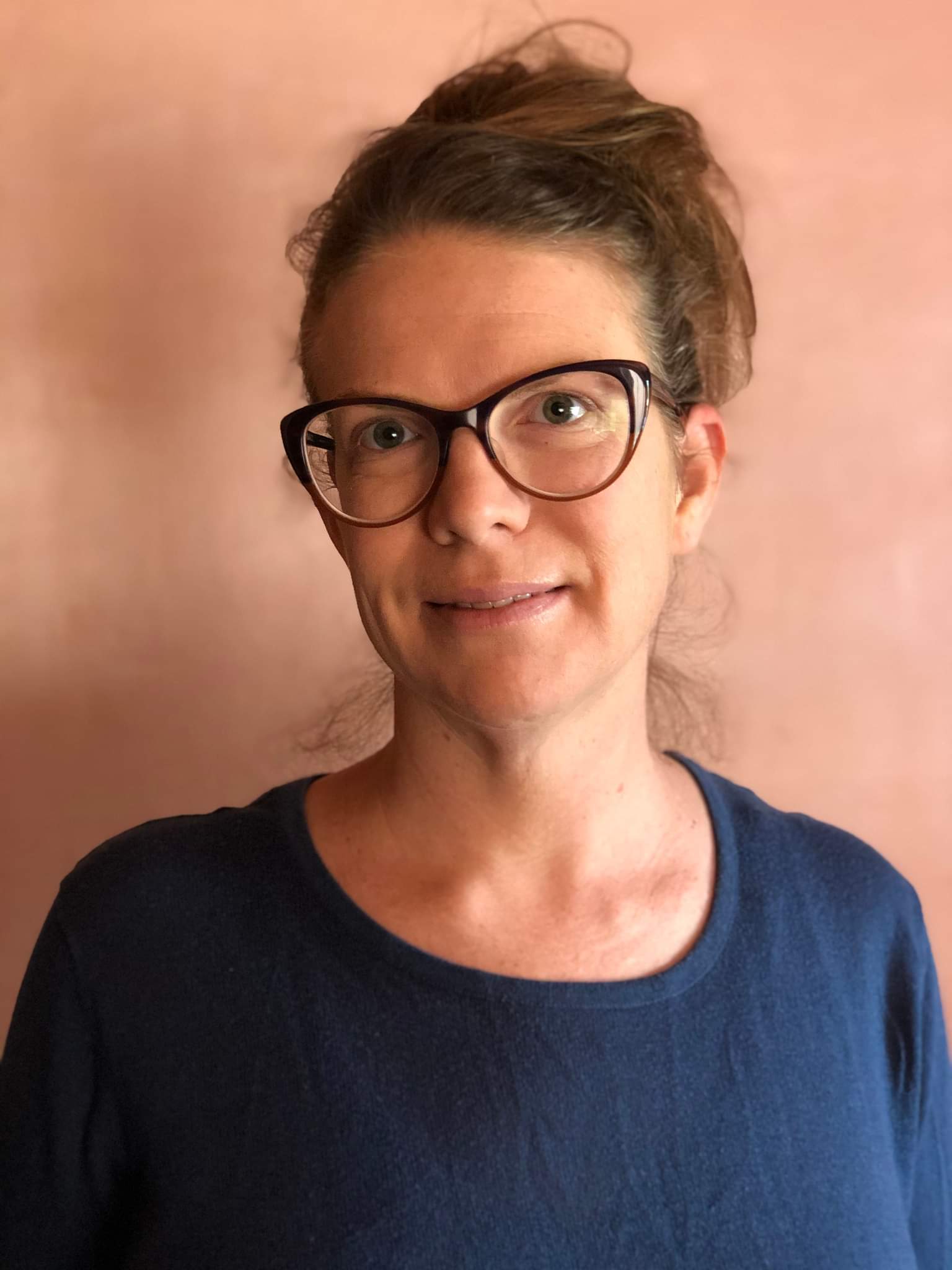@ Research
Typological-functional analysis of embodied intersubjectivity in Italian SL grammar
- Typology of kinship terms in 40 signed languages
- Typological study of deixis and anaphora in Italian, French, and American SLs
- Typological-functional analysis of embodied intersubjectivity in Italian SL grammar
Typological-functional analysis of embodied intersubjectivity in Italian SL grammar
Video Log:
Typological-functional Analysis of Embodied Intersubjectivity in SL Grammar
https://www.youtube.com/embed/YGOhDxxZtqo
Collaborators:
I explore how changes in the ecology of a signed language community and embodied intersubjectivity drive language change and variation in signed languages. Previous literature has demonstrated that language use and intersubjectivity shape discourse and grammar (Janzen and Shaffer, 2008; Verhagen, 2008). The degree of intersubjectivity depends on how much experience and knowledge discourse partners share. The more intersubjectivity participants have, the higher context their communicative interactions tend to be. Simply put, because much information is shared, or known, discourse participants not only generate less linguistic material, but also evoke experientially rich content in their linguistic material. The evocation of shared conceptualization is found to be strengthened through the regularization of linguistic structures, which is a result of the embodied intersubjectivity. For instance, there have been anecdotal reports about the compression quality of information structure among older signers as they produce fewer words and shorter sentences compared to younger signers in present day. As such, why and how are younger signers producing discourse structures that are different from older signers? This merits a closer examination on how the social conditions of a linguistic community shape the evolution of signed language discourse.
This investigation helps us to better understand how speakers construct their discourse space when they interact with familiar, but not intimate, speakers in the larger world, in contrast to the world of a small, insular community. (This discourse space is in the minds of communicators as they constantly calibrate how much background knowledge their discourse partner has, and in reference to how much information they as speaker need to relay to construct meaningful concepts.) However, what happens if the ecology of a signed language changes to a point where its intersubjectivity evolves into a different structural variation of signed language grammar? This new line of inquiry regarding the evolution of the embodied intersubjectivity through the lens of typological-functional theory can be stated as follows: If changes are taking place in the language ecology of majority signed language communities, then what changes will manifest in their signed language grammars?

Erin Wilkinson
Professor
Department of Linguistics
University of New Mexico
Contact: /www.unm.edu/~ewilkins/.
©2023, All Rights Reserved: /www.unm.edu/~ewilkins/.